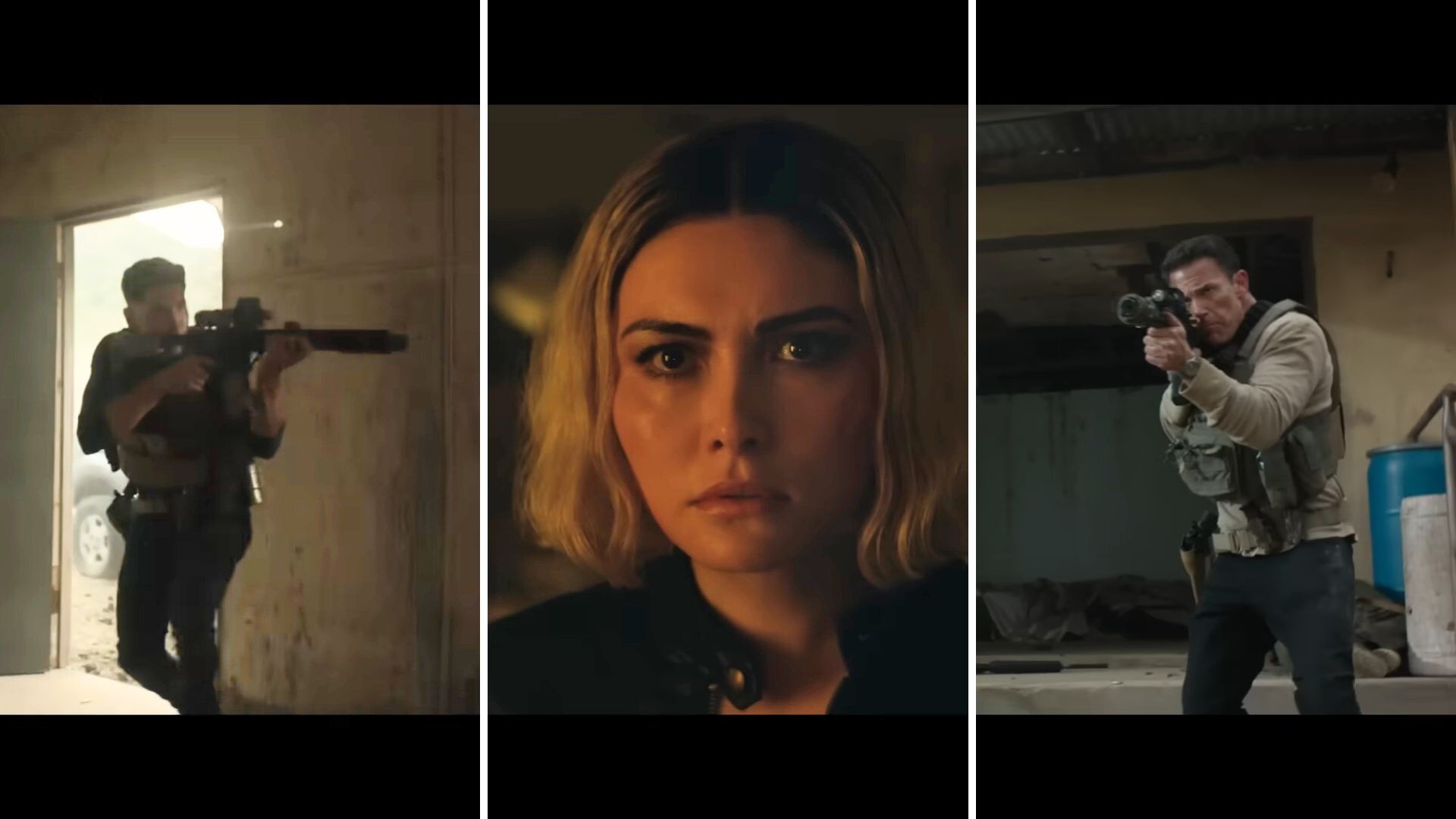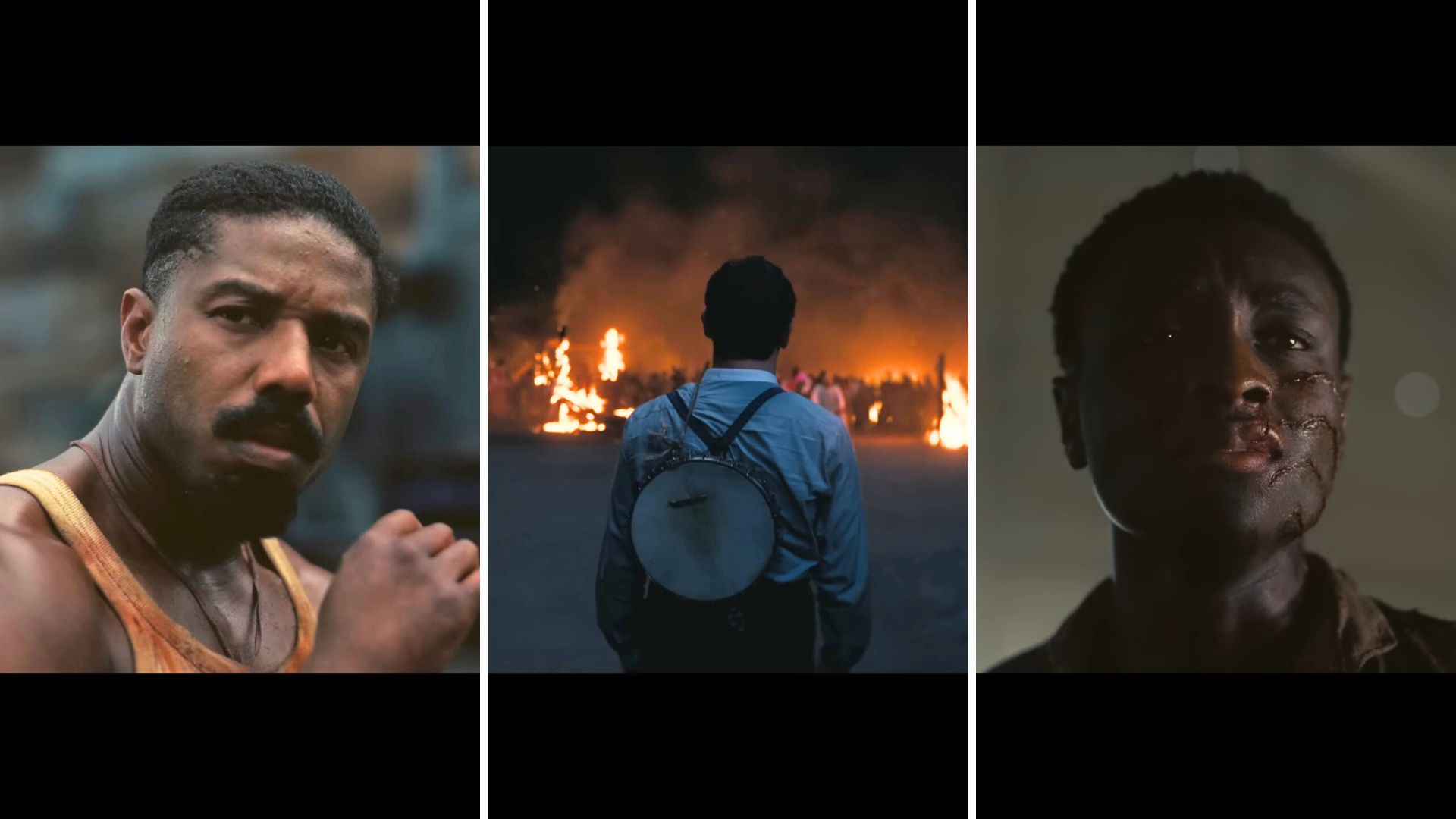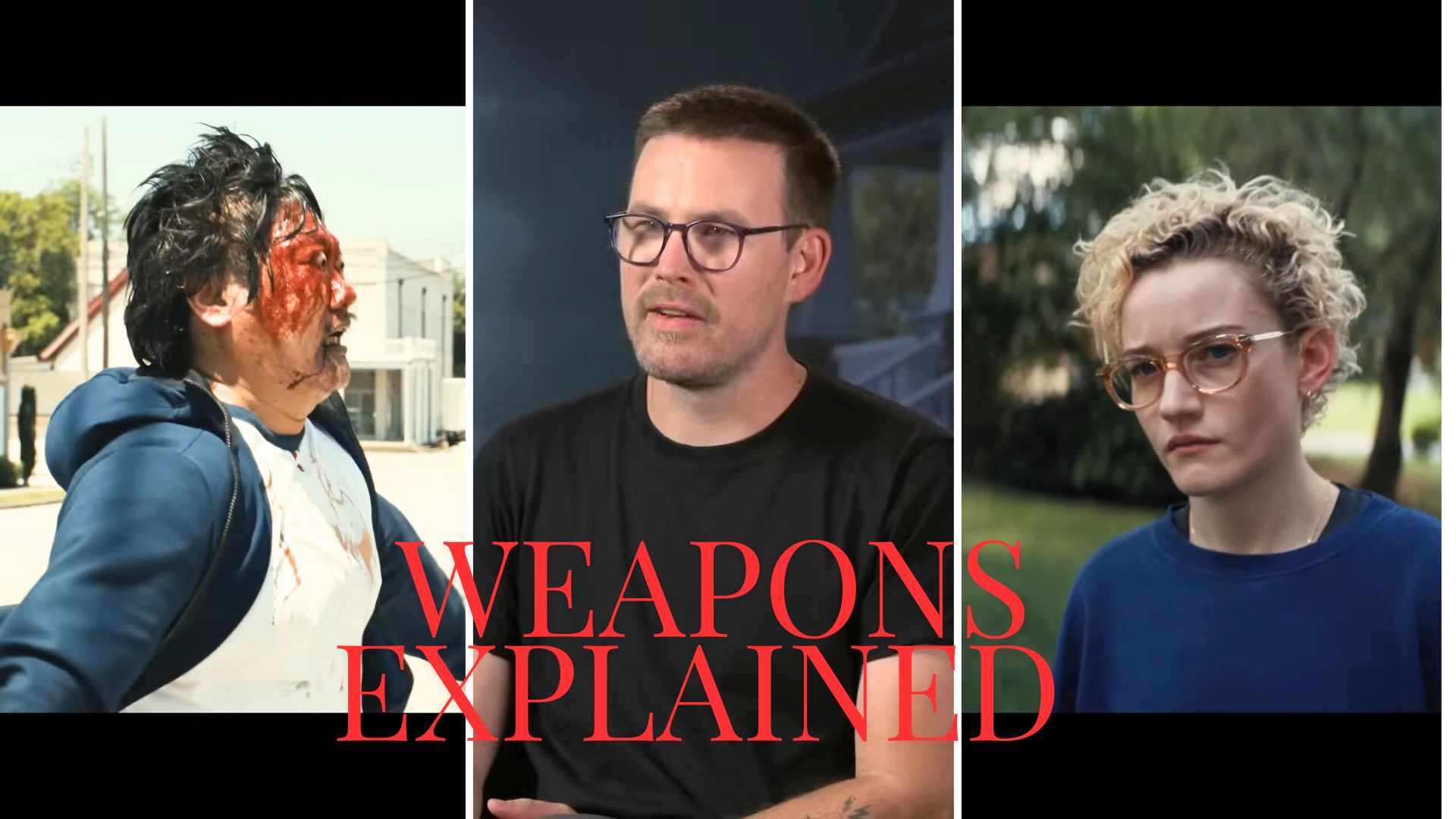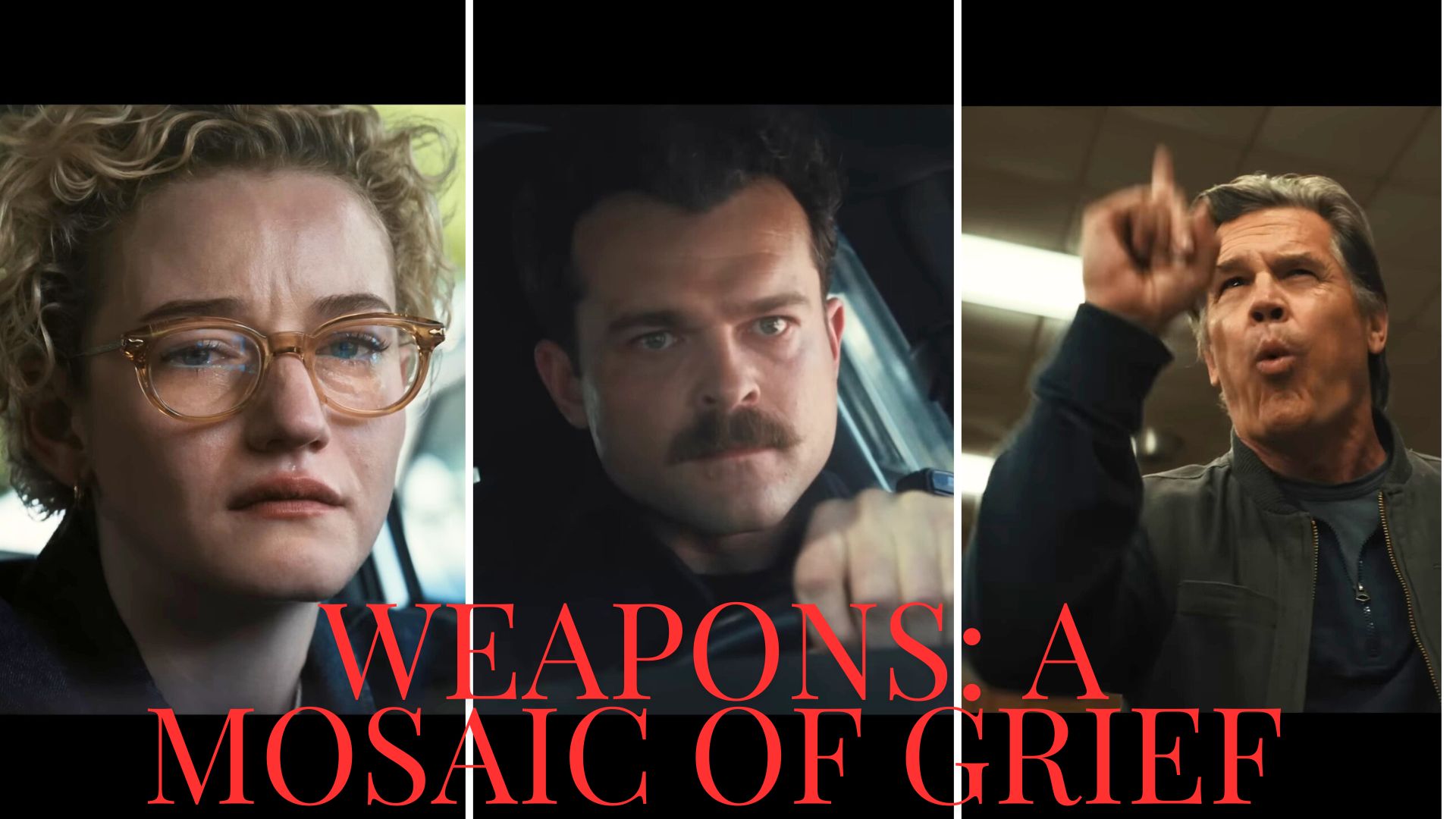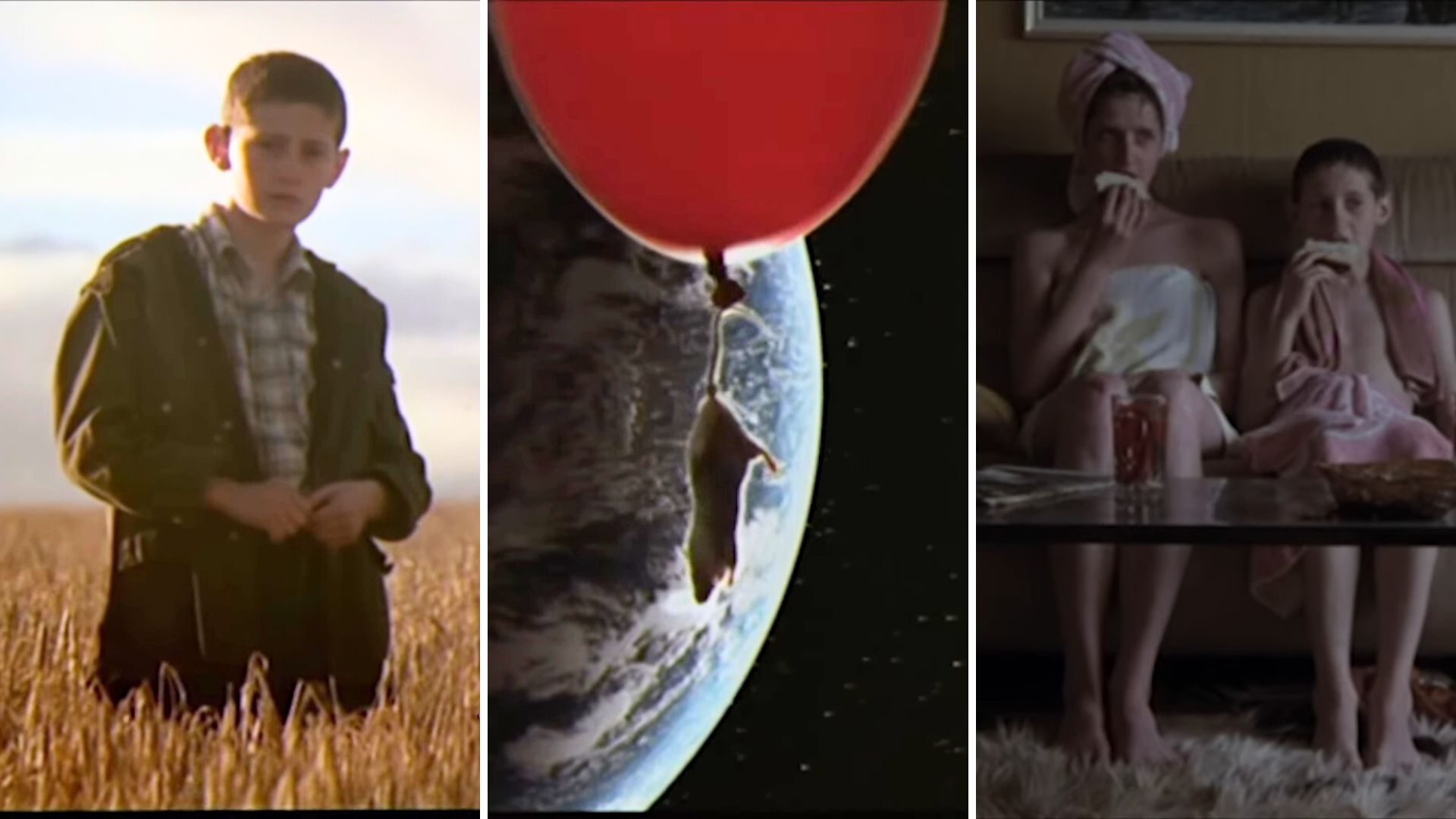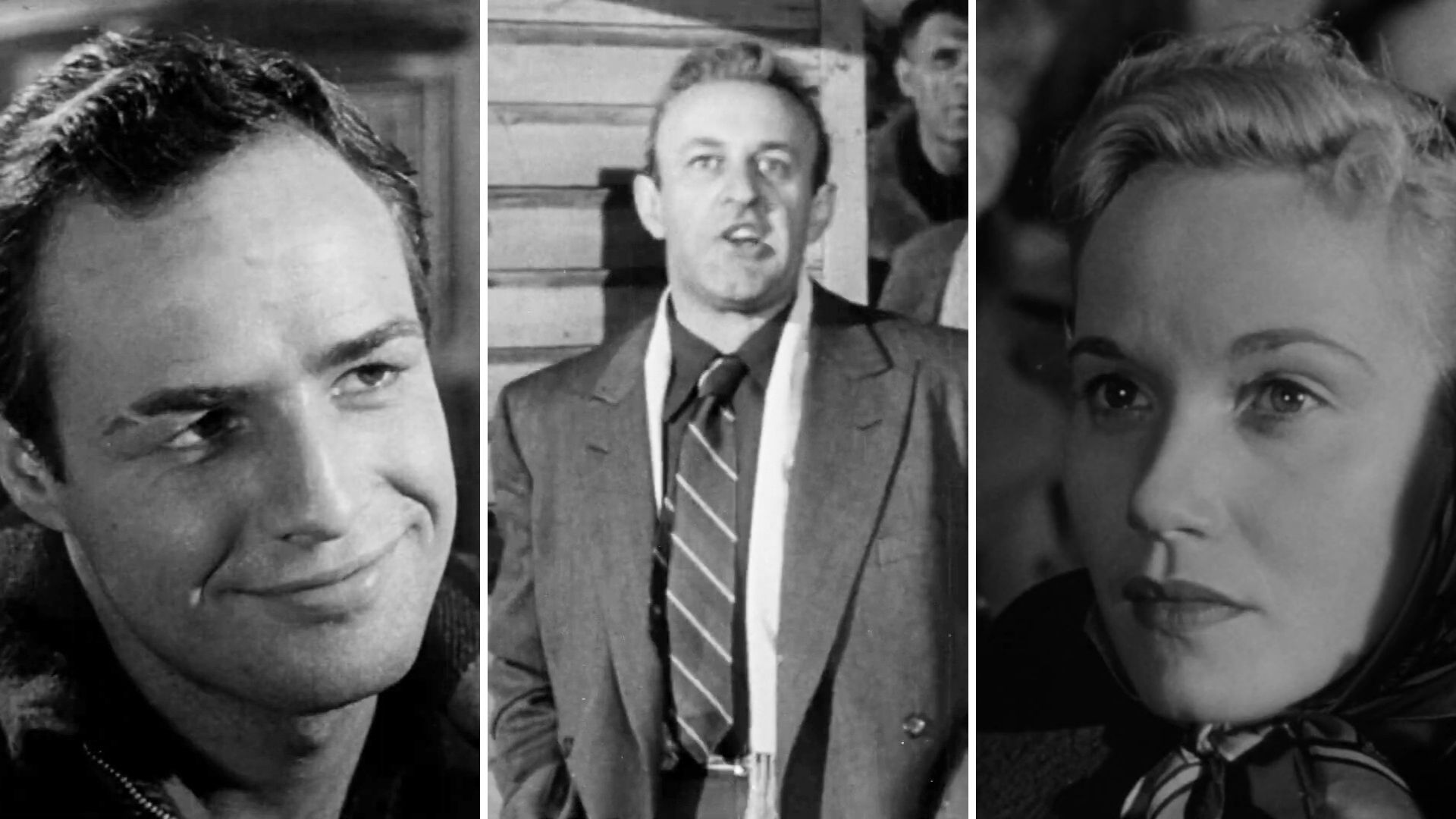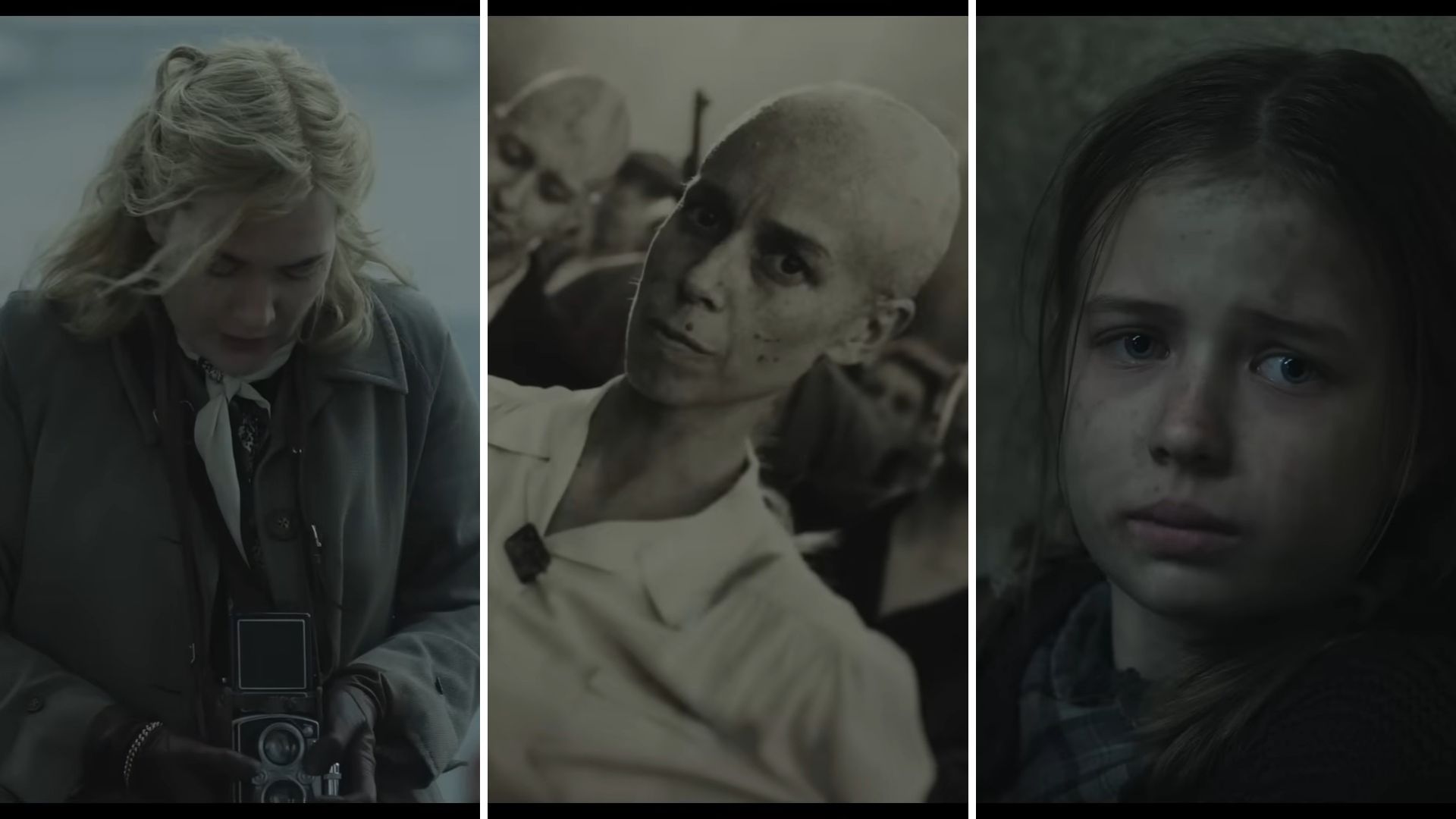
After a tumultuous production, the Sky Original film Lee has finally received a wide release. It’s odd that this film, based on the life of Lee Miller, comes the same year as Alex Garland’s Civil War. A film that uses a fictitious war to tell a very similar story. Lee Miller was an astounding human and her contribution in revealing the atrocities of WW2 cannot be understated. Unfortunately Lee the film is less remarkable than her real life.
Kate Winslet does a great job bringing Lee Miller to life on the screen. Along with Alexander Skarsgard and Andy Samberg, the cast is excellent and does a great job embodying the characters of WW2. The cast and costuming are standouts but the film suffers from slow pacing, making the journey with Lee forgettable.
The Woman Behind The Camera
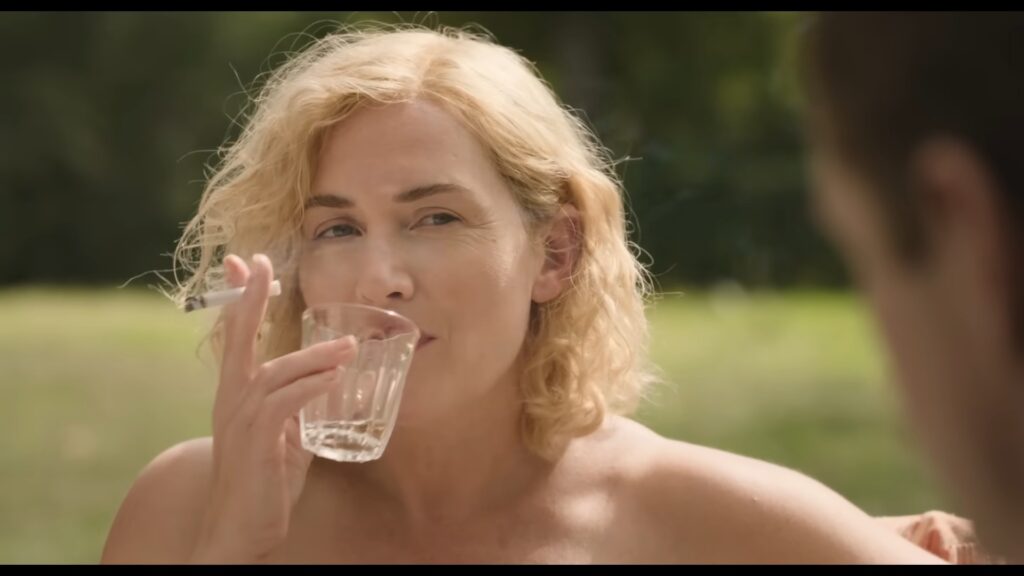
The film begins with a brief introduction to Lee Miller as a person. When we meet up with her she is living in Paris pre-World War 2, taking pictures and lovers amidst the gorgeous countryside. Immediately we get a sense of the person Lee is. She’s a strong independent woman who’s made her money apropos of any man. When Roland Penrose played by Alexander Skarsgard enters a topless dinner with Lee and her other model friends, an instant chemistry forms between the two. Kate Winslet is able to play strong and vulnerable beautifully in these early scenes and there is plenty of chemistry between the two leads.
The crux of the film begins when war takes over in Europe. The blitzkrieg begins and Paris comes under occupation from the Nazi army. Lee decides she cannot sit back and watch as the Nazis take over Europe. She decides to take her talent behind the camera and use it to reveal to the world the horrors of the Nazi party. She eventually ends up photographing concentration camps, abused French women, and even the bathtub of the Furher himself. It’s a remarkable story and one that made a significant impact in revealing the true horrors of the holocaust. While Lee doesn’t hold back its violent images, the film can never fully capture the evils of WW2 the way the real Lee Miller could.
Framing the Framing Devices
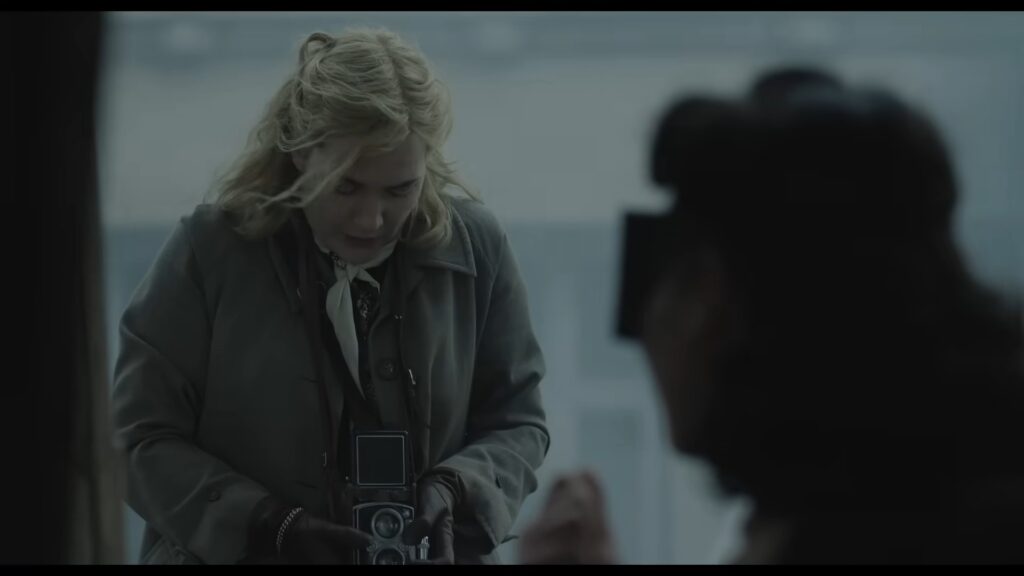
The entire film is framed around an interview being conducted with Lee toward the end of her life. We constantly flash back and forth to the story of Lee as a young woman working for Vogue during the war and her as an old woman rummaging through a box of old photographs. It’s an interesting idea but one that eventually ends with an odd twist. The framing device while clever, never does anything to help the film or further the plot. It feels more like an odd way to shoehorn in a part of Lee’s life that the film doesn’t have enough time to cover.
Kate Winslet playing both the old and young Lee Miller is done well. An actress of her caliber could no doubt pull this off, but it still feels like an odd conceit for a film focused on her time covering the war. Lee Miller was an incredible person whose legacy in photojournalism is still seen today. But she was also a normal woman. One who loved and suffered throughout the war like many of us. The film could have spent more time on this aspect of her life than just planting a strange twist ending into its framing device.
Lee and Civil War
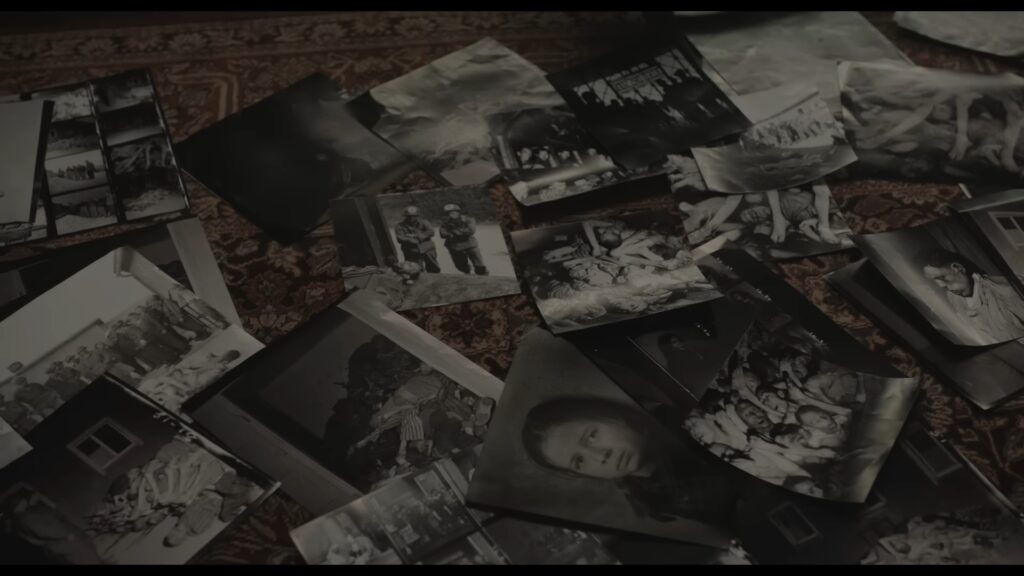
Earlier this year Alex Garland and A24 released the highly anticipated Civil War. Civil War was thought to be a big-budget action flick with deep themes of our country’s division but it ended up being more about war journalism. The faux civil war presented in Garland’s film is merely a backdrop for telling a story about the importance of journalism and how important it is for a journalist to be unbiased in their photography. Ellen Kuras’s film Lee tells the same story but argues a totally opposite point. The only reason Lee was so successful was because she put herself in her work. The main conceit of Lee seems to be the importance of seeing the war through a biased lens.
Civil War will no doubt draw a lot of parallels to Lee. But the film’s main themes couldn’t be farther from one another. Civil War presents the conflict and the job as merely just the facts. The reason for the war is never explained in Garland’s film and his actors have little motivation to do so. They merely exist to photograph the carnage and remind people what is going on. Lee on the other hand, both in real life and in the film, cares deeply about what is being shot. Lee goes out of her way to ensure the story of the war isn’t the one being painted by the media. WW2 wasn’t only fought by good guys. Some brave women hung their stockings up to dry, and French women experienced abhorrent behavior from American soldiers.
WW2 Through the Lens of Lee
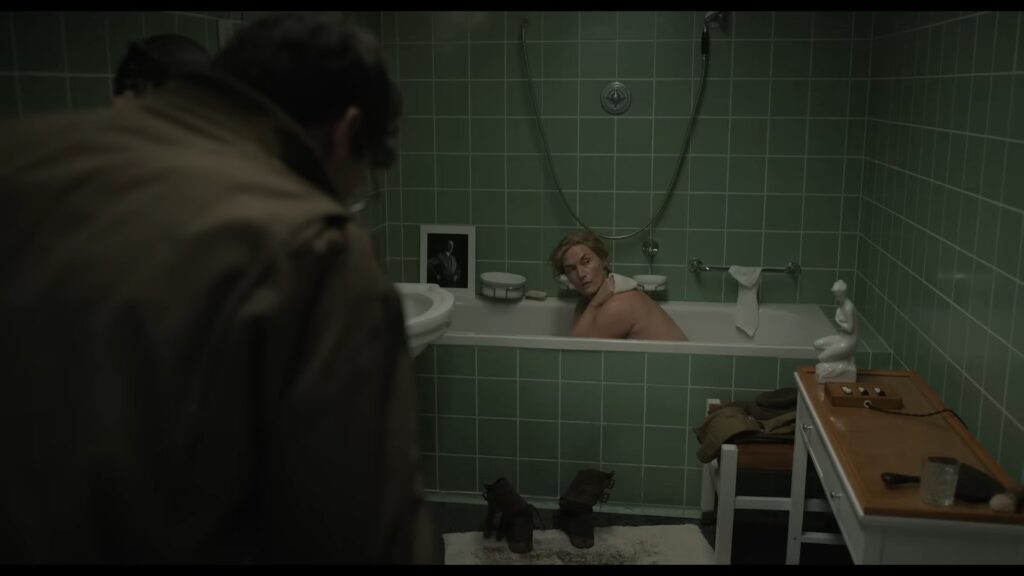
WW2 wasn’t as black and white as the media, especially at the time, liked to admit. Lee was brave enough to show the stories no one wanted to see. Even if her magazine wouldn’t release the brutal pictures Holocaust pictures she obtained. They eventually released in the American publication of Vouge but it was no doubt a harrowing experience for Lee Miller. She risked life and limb to show the world what was happening. And the world didn’t want to see it.
It’s these moments where the film shines, unfortunately, they are too few and far between. Lee is still a WW2 movie and there are few wars as clear-cut as WW2 was. The Nazis were evil and the Ally Powers were there to stop evil. The film does its best to portray the gray areas but it’s almost impossible. Even in exposing the atrocities committed by Americans, it all pales in comparison to the absolute depravity of the Nazi party. The film can’t argue this and neither could real life. And that is where the film fails. The film wants to be a WW2 movie and a biography. Lee is not a great WW2 movie but it is an interesting biography. Lee works better as a look into the photographer’s life. Not a reminder of the war she covered.




